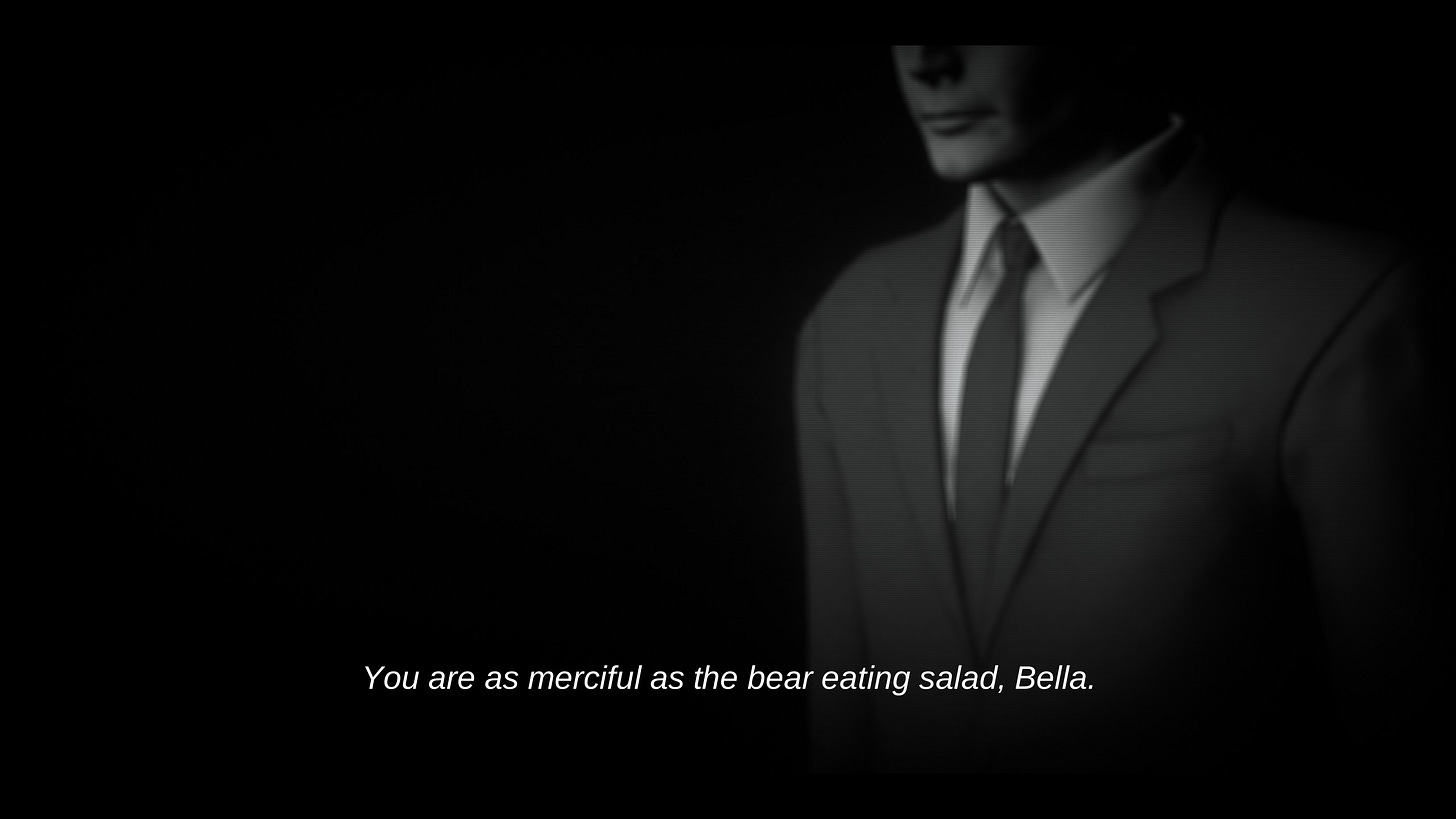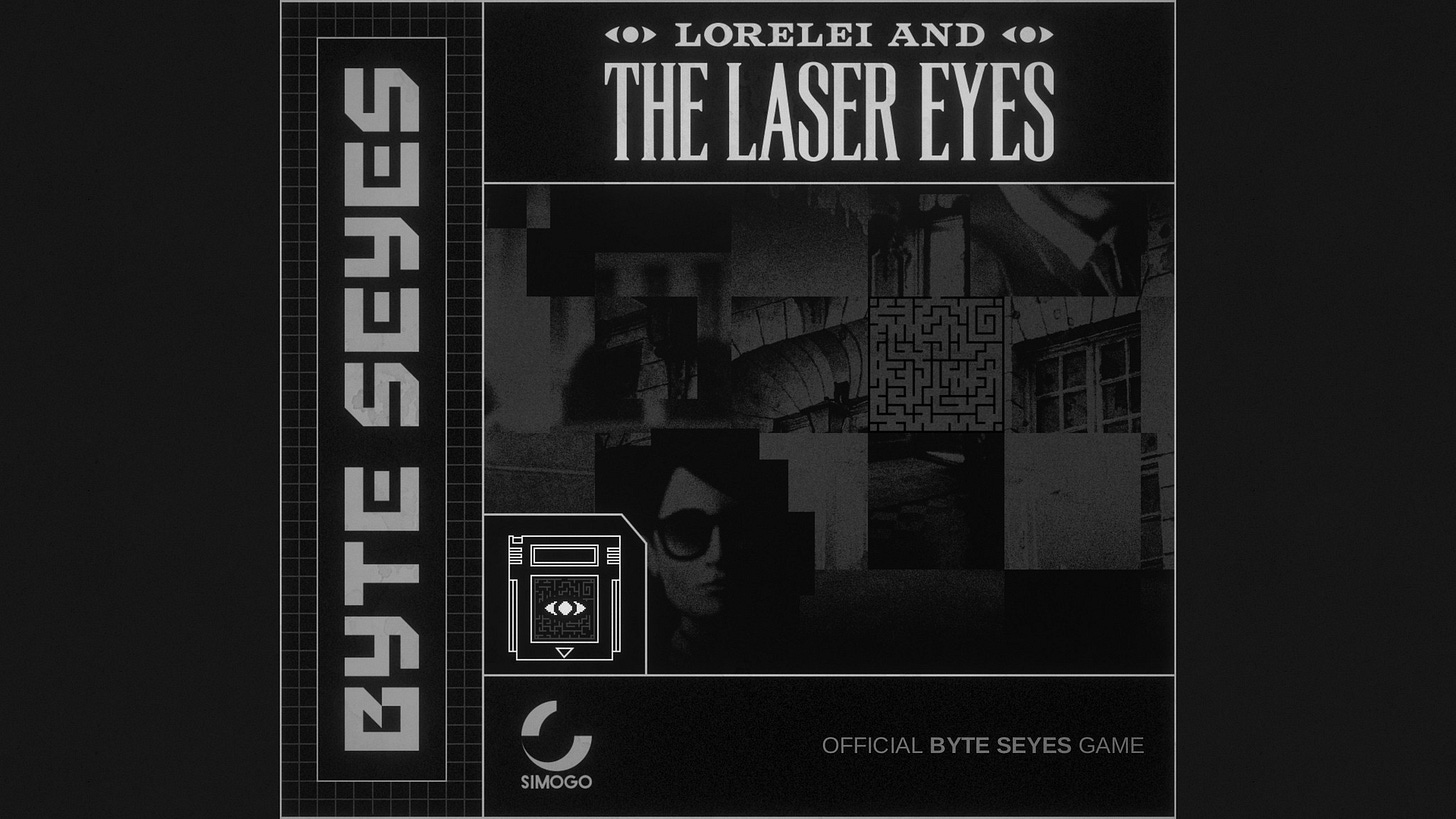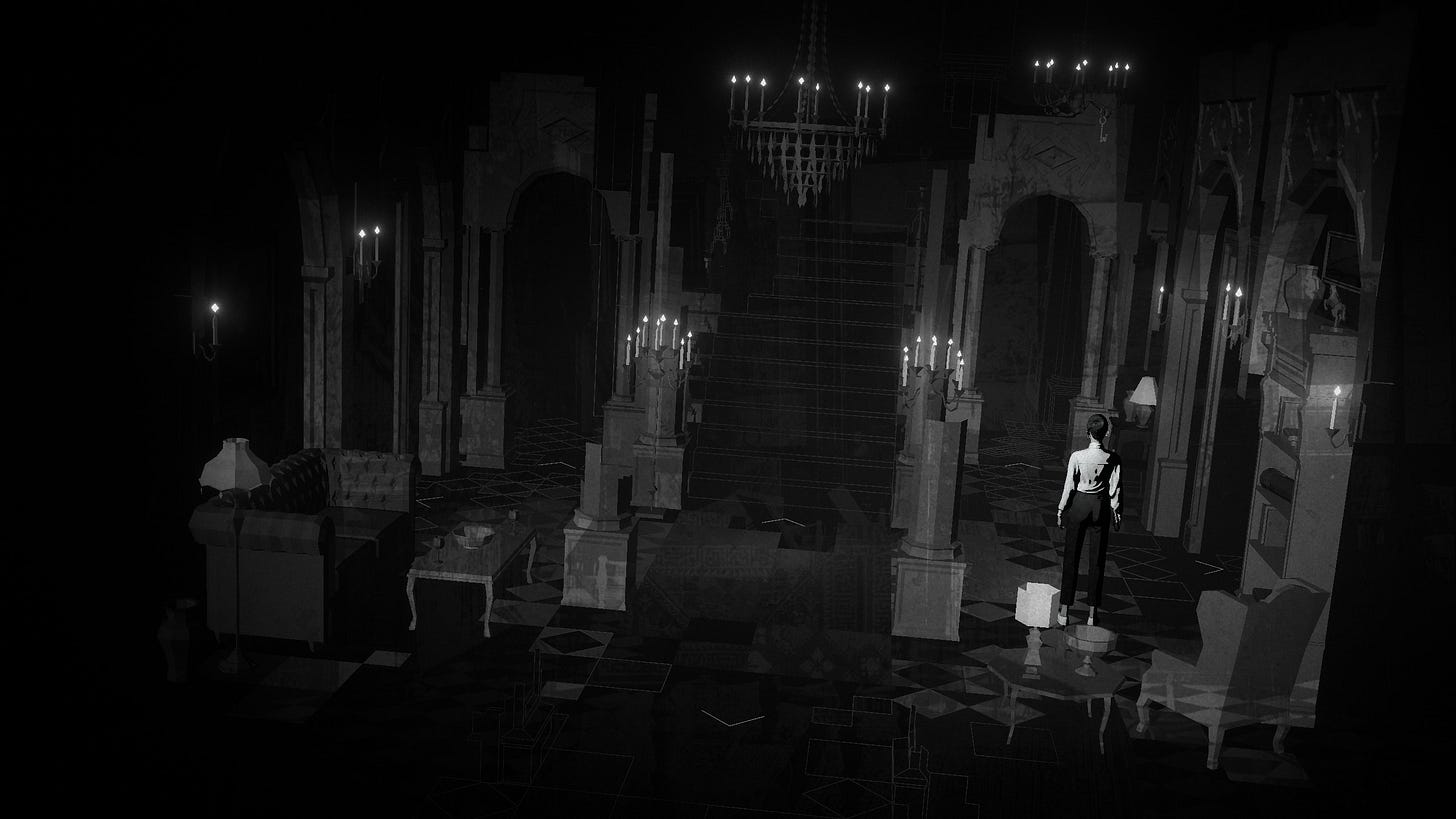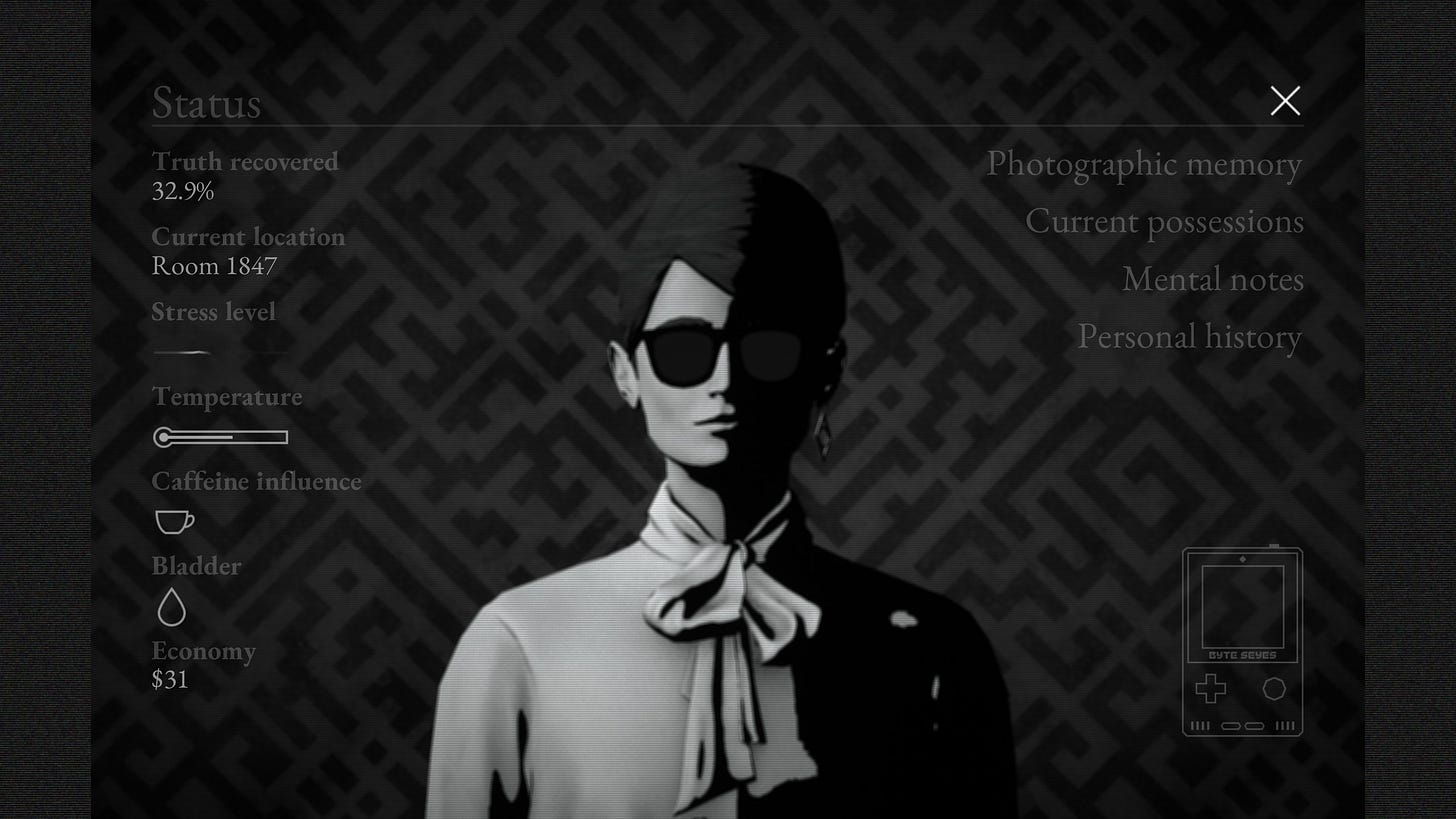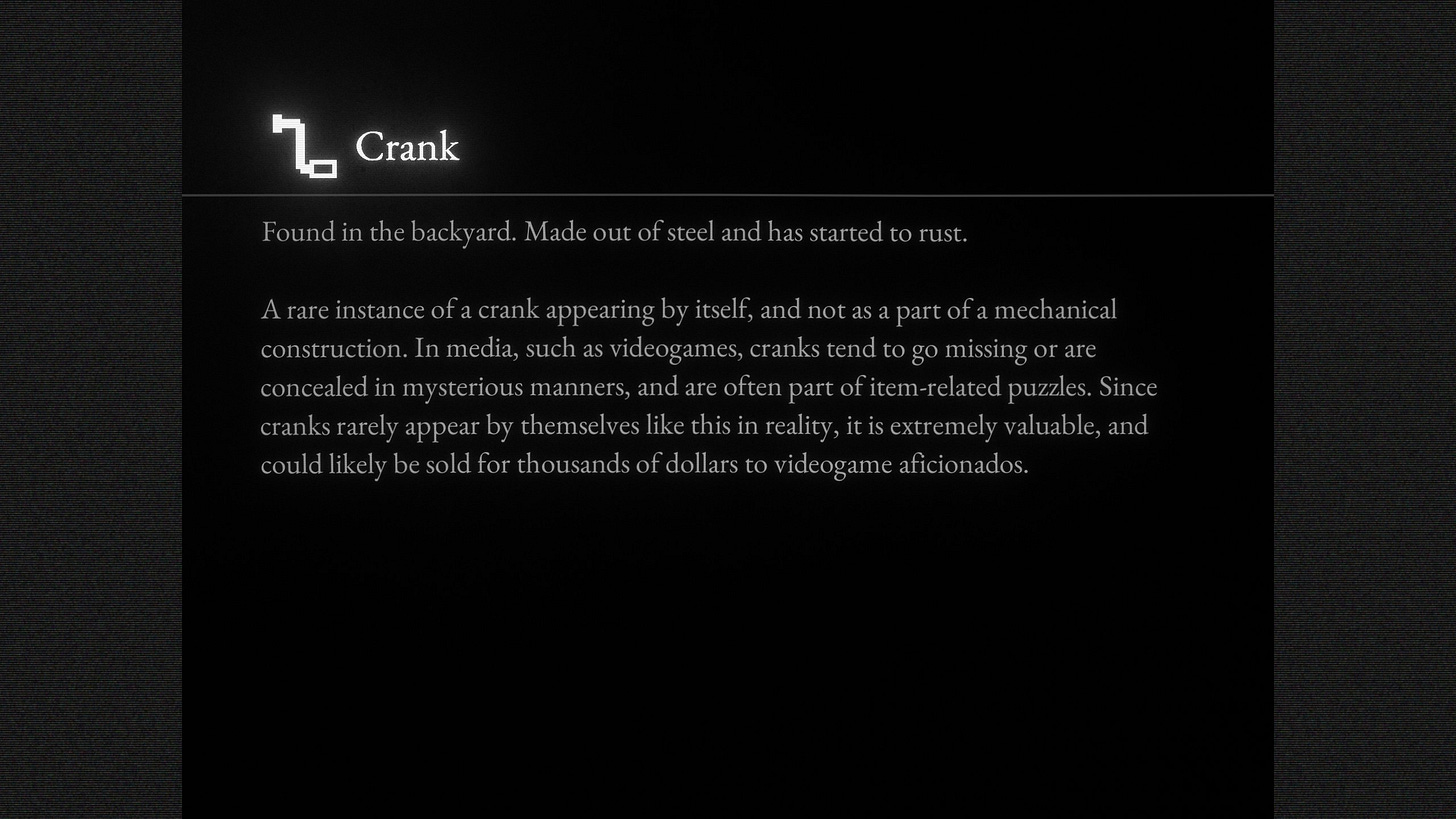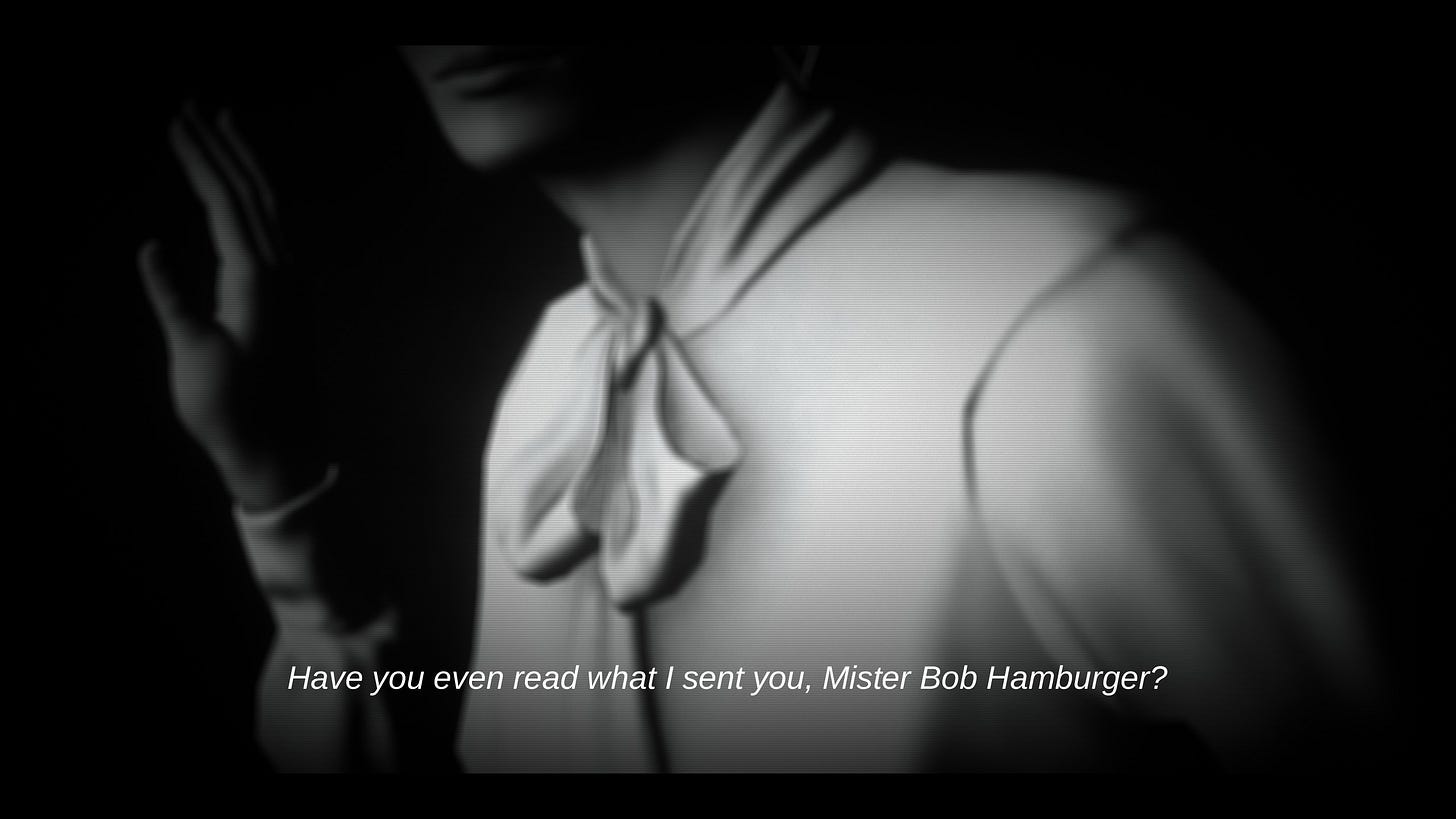Year in Review: Lorelei and the Laser Eyes
Simogo’s brilliant suspense puzzler: tales within tales, games within games, and puzzles with puzzling answers
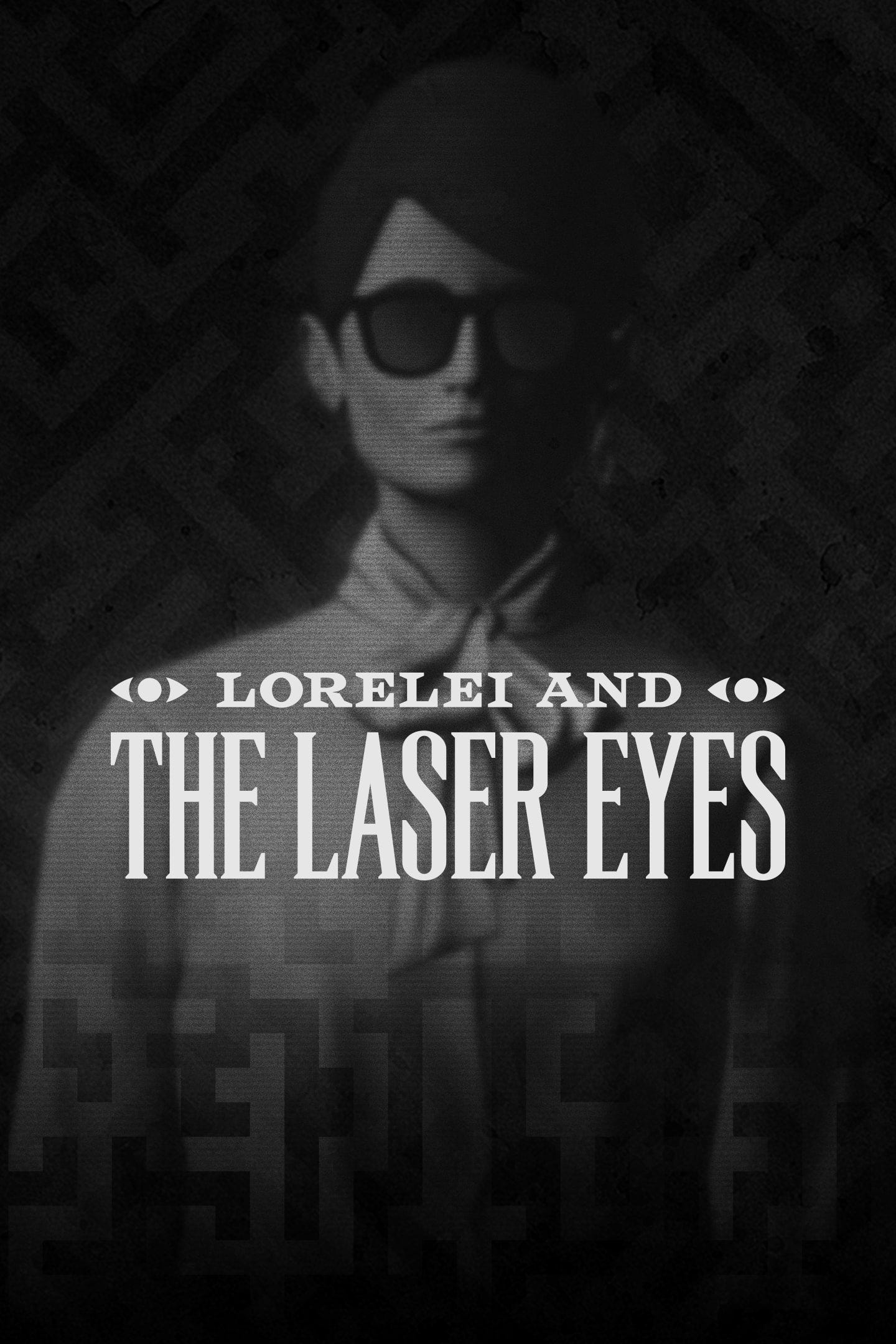
In August, as my job hunt was reaching its peak of frustration, I took a break to submerse myself in the newest release from Simogo: the intriguingly-named Lorelei and the Laser Eyes.
I’ve been a fan of Simogo since their early phone games, like the auspiciously genre-bending Beat Sneak Bandit (a stealth-rhythm-puzzle game), or their gorgeously stylish Device Six (an interactive fiction-puzzle game). More than that, I’ve been personally invested in their games since playing Sayonara Wild Hearts (a game I can only describe as “Rez but for charming pop music”), when my partner recognized the falafel shop in the game’s opening cinematic. And that’s how we realized that Simogo was based in our own little town, which somehow made me love them even more.
So I was more than happy to dive into their latest release knowing absolutely nothing about the game, merely trusting that Simogo would provide something with charm, depth, and such absolute mastery of narrative tone that I would enjoy it.
And I’m glad I went in knowing nothing. A week later, with three pages of densely scrawled notes and 369 reference screenshots, I finished Lorelei and the Laser Eyes.
Despite my general nonchalance about spoilers, I’ll aim to preserve that sort of mystery for you with this review. But, as so much of the joy of this game is about figuring out what’s going on, that’ll mean the review itself is fairly sparse and mysterious.
Think of it as maintaining the tone of the game.
Lorelei and the Laser Eyes (2024, Simogo)
What Is It?
A narrative puzzle game of the year. Moody, clever, and constantly surprising. Presented in mostly-monochrome, with a suspense and art direction reminiscent of a particular era of Italian horror movies. Think of it as something like Myst as written and directed by Dario Argento. Except with significantly less gore and more tilted camera angles.
Expect a lot of puzzles, often of the number and pattern varieties. There’s a story to unfold, including nesting levels of stories-within-stories, along with games-within-the-game. A lot of tension and unease with mercifully few actual jump-scares. But not none. And more than enough times when I saw what I had to do and had to step away from my computer for a bit to steel myself for it.
But more than the puzzles, this is a game about exploring a mystery and trying to map the twists and turns of a life and the various individual perspectives and retellings of it. To go into more detail would be to undermine the joy of discovery.
What Makes It Stand Out?
If you’re familiar with Simogo’s games, especially games like the suspense/adventure Year Walk and Device Six, then it won’t be a surprise that the narrative and tone of Lorelei and the Laser Eyes is masterful. The tone in this case is one of disorienting suspense, like being lost in a maze, making a player feel lost while compelling them to keep searching ahead, or at least to keep moving forward lest something be following behind them. This tone carries throughout, from the puzzle solutions to the pause menu itself. This is a game to play at night, with the lights out, taking notes by the light of the monitor.
Because you will need to take notes. This is a game that does not particularly hold your hand to guide you to its solutions. At first, the number of puzzles can feel paralyzing, and you encounter far more questions than answers — but before long, you begin to recognize a rhythm of the game and a pattern to many parts of it, triggering cascades of that most-satisfying dopamine rush of puzzle-game solving as pieces fall into place.
And honestly, as someone who loves a game that leaves you with an artifact from the experience, I really appreciate that I have three densely-packed notebook pages of notes that I had to take for the game. I probably could have just relied on screenshots, but I find that writing out puzzles helps me think about them and leads to me finding their solutions faster. And then, long after finishing the game, looking back at them is a satisfying momento.
What Does and Doesn’t Work?
As mentioned above, the tone carries this experience, as well as setting a player up well to accept the occasionally dream-like logic of the game. It’s something much more subtle than the creeping dread of Alien Isolation or the grotesque horror of countless more visceral games. Once you connect with the tone, there’s more melancholy and mystery, with moments of levity (alebit ones that still feel unexplainably wrong in a way that tinges your laughter with unease). Very rarely will you actually fear for your character’s life — but not never.
There is one aspect of this playfully uncomfortable tone that may not sit well with every player is how self-referential it is. In the game, you will play stripped down games-within-the-game, which often serve as homages to previous games in the genre, like Resident Evil. Some players will find these to be delightful rabbit-holes to delve into, like a game version of House of Leaves. Other players may find these to be cutesy and unnecessary. Your mileage will vary.
It should also be pointed out that although this is a puzzle game, the puzzles themselves are not especially hard — more often, the trick with these puzzles is to understand what they’re asking you to do or what they relate to, rather than demanding especially clever feats of knowledge and planning. These are tests of lateral thinking, rather than intelligence tests.
In fact, the game is careful to include all of the information you need to solve its puzzles within the corners of the game world itself, so there’s no need to go to Wikipedia to find the year and date of this event or that. This can feel redundant to practiced puzzlers — why are there books explaining how each chess piece moves, or what the N on a map stands for? — but considering the wide range of localization and release of this game, I’m sure there are audiences that will benefit from explaining things many of us take as general knowledge.
What’s It Saying?
This is where it’s hard to talk about the game without any spoilers. So if you want to go in completely blind, skip to the last section.
MINOR SPOILERS HERE
In this game, you will be uncovering mysteries through the interpretation of the art made by two distinctive artists. From movie scripts to art installations to fairytales, you’ll be seeing reinterpretations of a reality through multiple lenses. And you’ll quickly realize that you’re never actually seeing directly into anyone’s eyes.
As you wander through this maze, you will slowly begin to piece together the truth of what happened in these lives, more often by finding the places where fictions intersect than by finding any sort of concrete trail of evidence. Truth is hidden in the distinctive flaws of the characters and their creations, rather than in their lauded triumphs or deeds. Their art is not the result of some inherent greatness, but of their flaws, gleefully embraced and processed through their work.
What’s fascinating is that this can engender more sympathy and fondness for these characters than you’d get from seeing them in their full selves. This maze is intimidating at times, but by the time you’ve come to understand the full truth and answer its questions, you’ll find yourself hesitant to step out of it and say goodbye to its residents. Those quirks are what made them feel human, and by the end of the game, that’s what will stay with you beyond everything else.
END SPOILERS HERE
Who’s It For?
Has this review been too vague? Too bad. This is a game that triumphs in its deliberate obfuscations. Even its launch trailer is deliberately vague, explicitly telling the audience “not to play his game”.
The ideal audience for this game is the sort of puzzler who sees that sort of vagueness and prohibition as a challenge, rather than a disincentive. A curious explorer who sees a torn slip of paper and who will then explore a house just to find its other half. — even while they dread what the full text will reveal.
But it should also be someone who delights in the little moments of silliness and self-reference; the light moments that throw the darkness into such stark relief.
And someone who’s ready for some surprises along the way. But I’ll let you find those for yourself.
